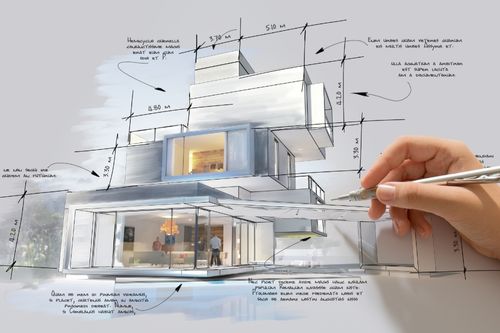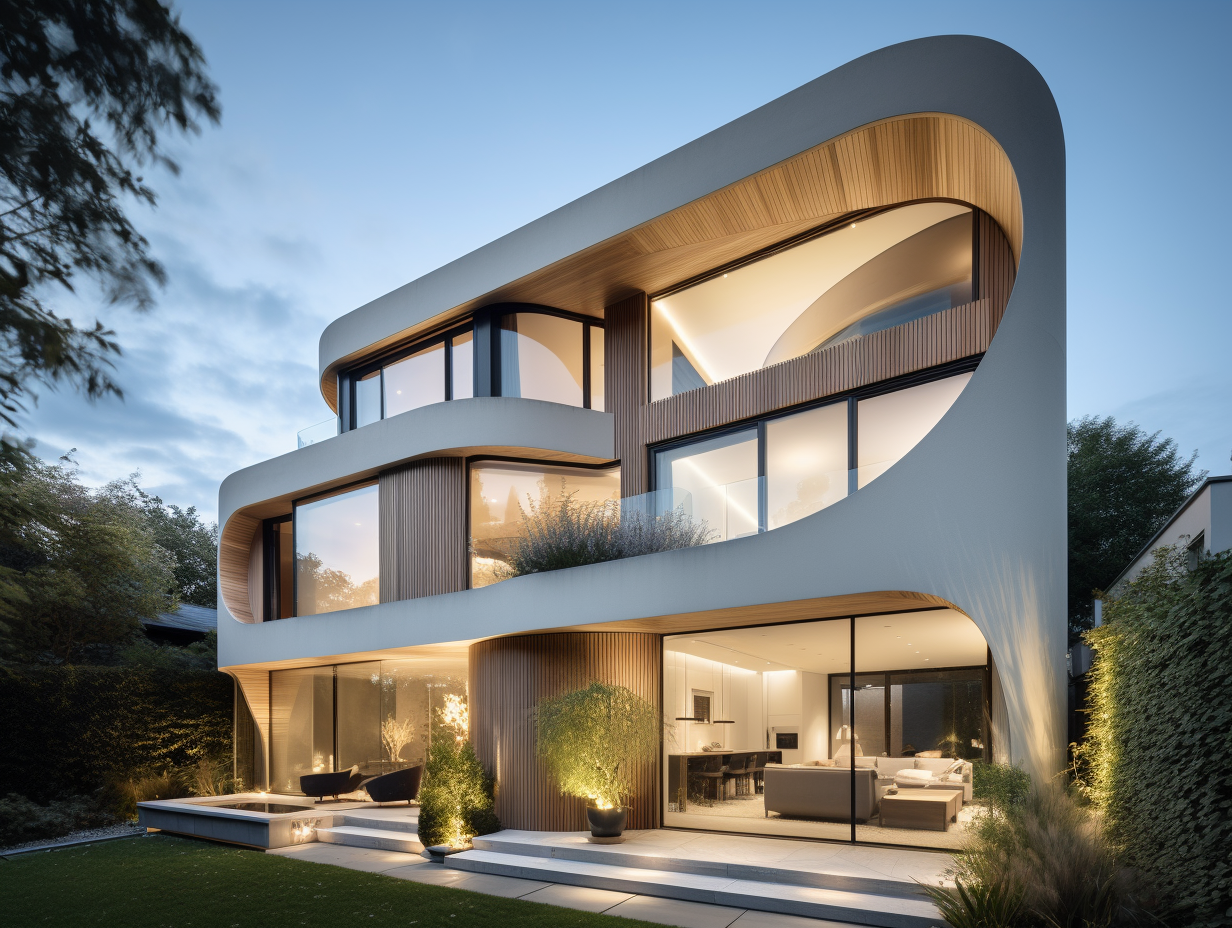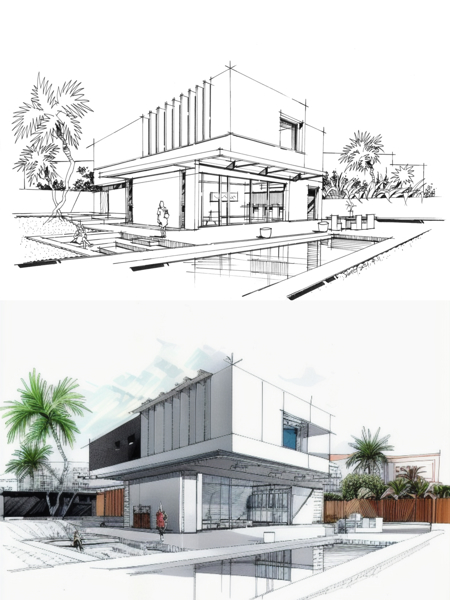Why CDA Architects Are Leaders in Architectural Style and Technology
Why CDA Architects Are Leaders in Architectural Style and Technology
Blog Article
A Comprehensive Summary of Architectural Styles and Their Impact on Modern City Planning and Advancement
Building designs have actually long acted as a mirror to the social worths and technical advancements of their time, playing a vital duty in forming modern-day city preparation and advancement. From the majesty of Neoclassicism to the practical strategy of Brutalism, each design has actually presented special principles that affect city visual appeals and functionality. As contemporary challenges arise, consisting of sustainability and community demands, recognizing these historic frameworks becomes important. The resulting dialogue not only educates future layout methods however also raises pertinent concerns regarding the balance in between heritage and development in our advancing city landscapes.
Historical Overview of Building Designs

As societies transitioned through the Middle Ages, Gothic architecture arised, identified by its verticality and elaborate describing, mirroring the spiritual ambitions of the age. The Renaissance marked a revival of timeless suitables, merging art and style in ingenious manner ins which affected subsequent designs throughout Europe.

Today, building styles continue to advance, driven by globalization and sustainability problems, reflecting a vibrant interaction in between heritage and advancement. This historic introduction underscores the importance of style as a mirror of social development and as a catalyst for metropolitan development.
Key Architectural Styles Explained
The variety of building styles shows the myriad influences that form our developed setting, each personifying unique attributes and social importances. Trick building designs consist of Classical, Gothic, Baroque, Innovation, and Postmodernism, each standing for unique historic contexts and visual ideologies.
Timeless architecture, rooted in old Greece and Rome, highlights balance, proportion, and making use of columns (cda architects). On the other hand, Gothic architecture, thriving in the Middle Ages, is characterized by pointed arcs, ribbed vaults, and flying buttresses, developing a spiritual top quality in basilicas. Baroque design, arising in the 17th century, is marked by grandeur, fancy ornamentation, and a vibrant interplay of light and shadow
Modernism, which acquired energy in the early 20th century, focuses on function over form, making use of new materials like steel and glass to produce minimal structures. Postmodernism, reacting versus the austerity of Modernism, accepts eclecticism and historical referral, often including playful aspects and irony.

Effect On Urban Preparation
In shaping the advancement of cities, building designs considerably affect city preparation choices. The choice of architectural style commonly determines the appearances, functionality, and overall character of metropolitan atmospheres.
Moreover, building designs can affect zoning regulations and land utilize policies. Urban coordinators should think about the prevailing architectural trends when pop over here developing areas, these details guaranteeing that new developments harmonize with existing structures. This factor to consider cultivates cohesive metropolitan landscapes and improves area identification.
The execution of certain architectural styles can likewise affect socioeconomic aspects within a city. Premium contemporary layouts might bring in upscale residents and organizations, leading to gentrification, while extra cost effective housing solutions may prioritize practical and lasting designs to suit diverse populaces. cda architects. Eventually, the interaction between building styles and city planning develops dynamic cities that mirror both historical context and modern requirements, shaping the lived experiences of their citizens
Sustainability and Modern Design
Building styles play an essential role in resolving contemporary obstacles, particularly in the realm of sustainability. As city areas increase and environmental concerns heighten, contemporary style increasingly welcomes lasting style principles that prioritize power efficiency, resource preservation, and marginal ecological effect.
Contemporary architectural activities, such as biophilic design and eco-friendly architecture, advocate for structures that integrate with their environments, making use of all-natural products and promoting biodiversity. These styles usually incorporate renewable power resources, such as solar panels and wind turbines, to lower reliance on nonrenewable fuel sources and lower carbon impacts.
Additionally, the assimilation of innovative technologies, such as wise building systems, enhances energy monitoring, optimizing resource usage while making sure owner convenience. Cutting-edge water management approaches, consisting of rain harvesting and greywater recycling, further add to sustainable urban environments.
Notably, sustainability extends past ecological concerns; it encompasses social and economic measurements. By cultivating area health and advertising a fantastic read inclusivity, contemporary building styles line up with sustainable development objectives. Subsequently, the advancement of architectural methods continues to shape resilient cities that not just fulfill the requirements of the here and now but also guard the future for generations ahead.
Community Engagement in Design
Neighborhood involvement in design acts as a crucial bridge in between designers and the populations they serve, making sure that the built setting shows the needs and ambitions of its users. This joint process invites community participants to contribute their understandings and preferences, promoting a sense of possession and responsibility towards the spaces they live in.
Efficient community interaction uses different approaches, such as workshops, surveys, and public forums, to collect varied point of views. These strategies help with a two-way discussion, allowing designers to recognize neighborhood contexts while equipping homeowners to voice their worries and desires. This inclusivity not only boosts the design high quality yet also advertises social equity by addressing the distinct obstacles faced by marginalized groups.
In addition, community interaction can bring about innovative options that might not emerge in a standard layout procedure. By integrating neighborhood knowledge and cultural values, engineers can develop rooms that resonate more deeply with users, enhancing functionality and sustainability. Inevitably, focusing on area engagement in design processes results in atmospheres that support social communications, assistance health, and reinforce community ties, thereby playing a critical function fit modern-day city landscapes.
Verdict
Architectural designs have profoundly influenced contemporary city planning and development, showing progressing cultural and technological contexts. As cities proceed to grow and adjust, the continuous dialogue in between architectural heritage and modern-day style principles will certainly stay essential in developing comprehensive, vibrant rooms that improve quality of life and advertise social equity.
Report this page